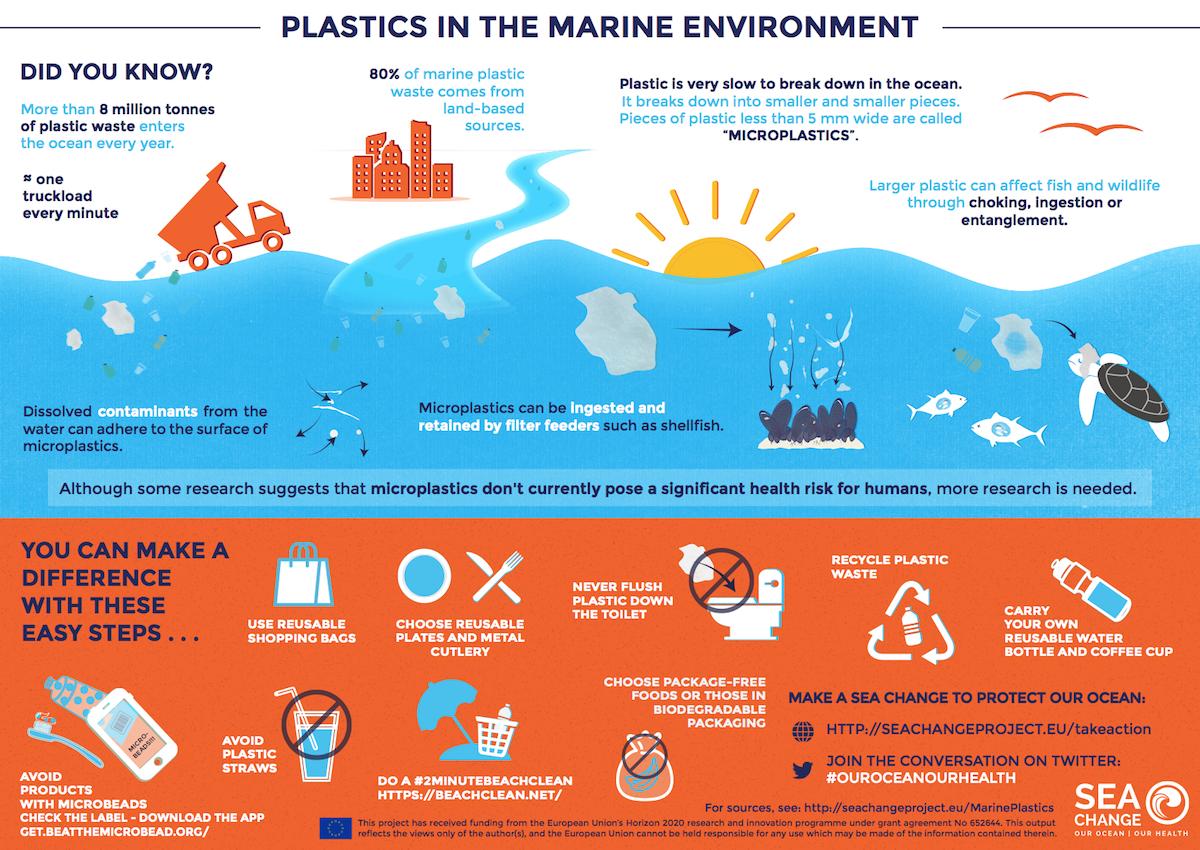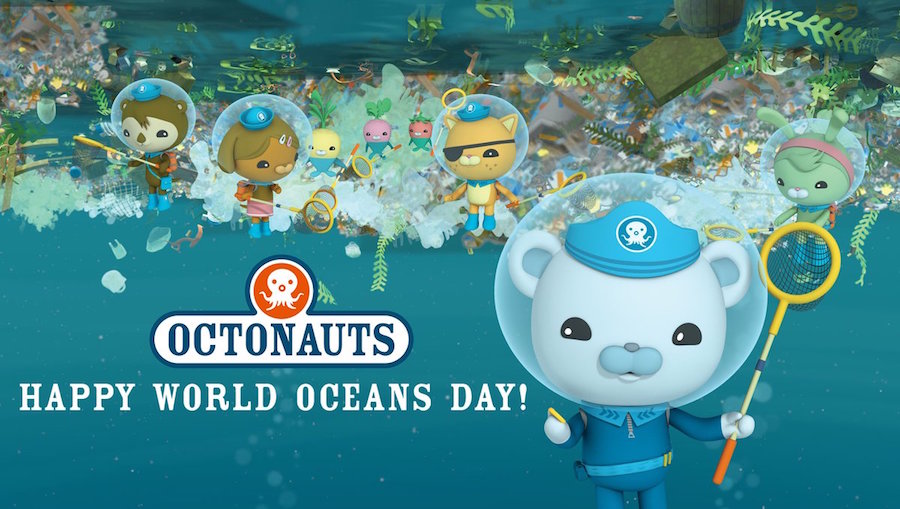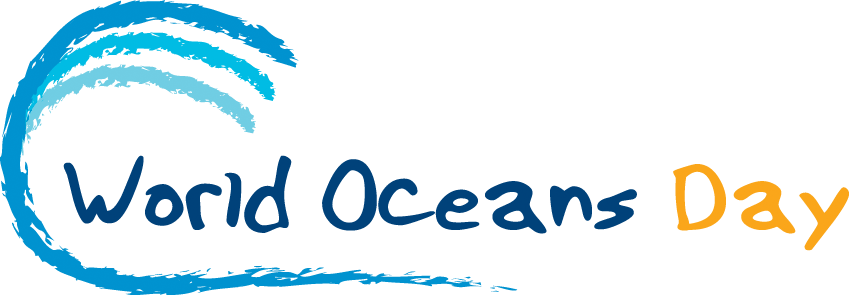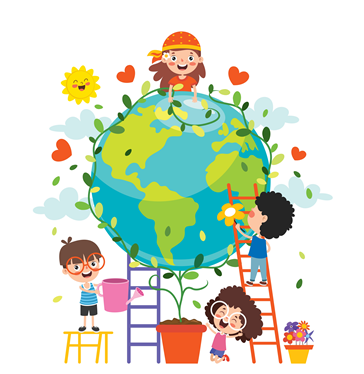Another UN-recognized international day of celebration is upon us, as World Oceans Day 2018 (Friday, June 8) approaches. The event serves as a reminder about how important the oceans are to our fragile global ecosystem, and that together we need to do all that we can to protect it. Parents and teachers across Canada are searching for engaging ways that they can recognize the day with their children and students. Today, our Foundation is here to provide you with a few fun ideas that will inspire your kids to make the world a better place, beginning with the big blue sea.
5 Engaging Ways to Teach Children About World Oceans Day and How They Can Make a Difference
1. Help Promote Awareness of World Oceans Day
It’s one thing to recognize World Oceans Day with your kids on the day of, but if you really want to get them excited about the concept, get a head start by getting them involved in the local promotion of it. The World Oceans Day website has provided a wealth of multilingual promotional materials that your kids can download, print, and use to promote the affair in their school and community. Starting today, they can pin posters up at local coffee shops, on school and recreational centre bulletin boards, on telephone poles, and more. They can share digital copies on social networks (where appropriate) and other online resources. And if together you’re holding your own World Oceans Day event (as per item #3 below) your kids can come up with their own creative materials to use in the promotion of encouraging others to join in.
2. Teach Them the Facts About Plastic
Plastic is one of the biggest enemies to the sea and the life within it. Provide a brief lesson on where it comes from, how it makes its way into the ocean, along with the direct impact it can have on sea life and our own food (and other) resources. This infographic will help:

From there, let your kids know how they can make a difference. Armed with the knowledge of how plastic can be kept out of the ocean, they will not only be able to change their own habits (i.e. no longer using drinking straws), they can start recycling programs and even begin a letter writing campaign to encourage local businesses and municipalities to enforce a ban (or limit) on dangerous plastics.
This lesson is also a great jump off point for the next activity.
3. Start a Beach Cleanup
This activity is the most common way to celebrate World Oceans Day for coastal communities, and it remains to be one of the most engaging for kids. Using eco-friendly (non-plastic) bags, tongs and/or garbage picker sticks, head off to the local waterway with your kids and pick up waste to be disposed of in garbage, compost, and recycle bins. They will feel a strong sense of accomplishment when they see how much they’ve collected, and thus prevented from entering the ocean. Encourage them to make this a weekly or monthly affair, which will have a very positive impact on their local environment.
4. World Oceans Day Workbooks for Small Children
Parents or teachers with young tots are encouraged to plant the seed for change early, by getting them interested in marine stewardship through a variety of fun yet educational workbooks and activity books. Here are some provided (for FREE) by the World Oceans Day website. There are also some great World Oceans Day endorsed programs, such as The Octonauts, that will help teach young children about protecting the ocean.

image source: theoctonauts.com
5. Teach Them About Aquaponics
While World Oceans Day is about protecting the seas that predominantly make up the mass of the earth, those of you living far inland may have a difficult time finding a way to connect your kids to sustainable saltwater concepts. This is the perfect opportunity to teach them about aquaponics. Aquaponics is a system of aquaculture (farmed on-site) that utilizes the waste produced by fish and crustaceans to supply nutrients for plants grown without soil. Aquaponics is growing in popularity as a sustainable means to feed local communities.
While aquaponics typically uses freshwater species, saltwater aquaponics is an emerging extension of the concept. Saltwater algae, bivalves, crustaceans, seaweed, and/or plankton may be used, either alone or in combination with salt-loving plants such as sea purslane and saltwort. Creatures commonly used in saltwater aquaponics include abalone, clams, sea fin fish, mollusks, shrimp, oysters, prawns, and sea urchins.
Do some local area research to see if there is a saltwater aquaponics farm near you and find out if they allow tours. Or even better, start your very own DIY “countertop” aquaponics system for your home or classroom.
Here’s to World Oceans Day (every day)!








